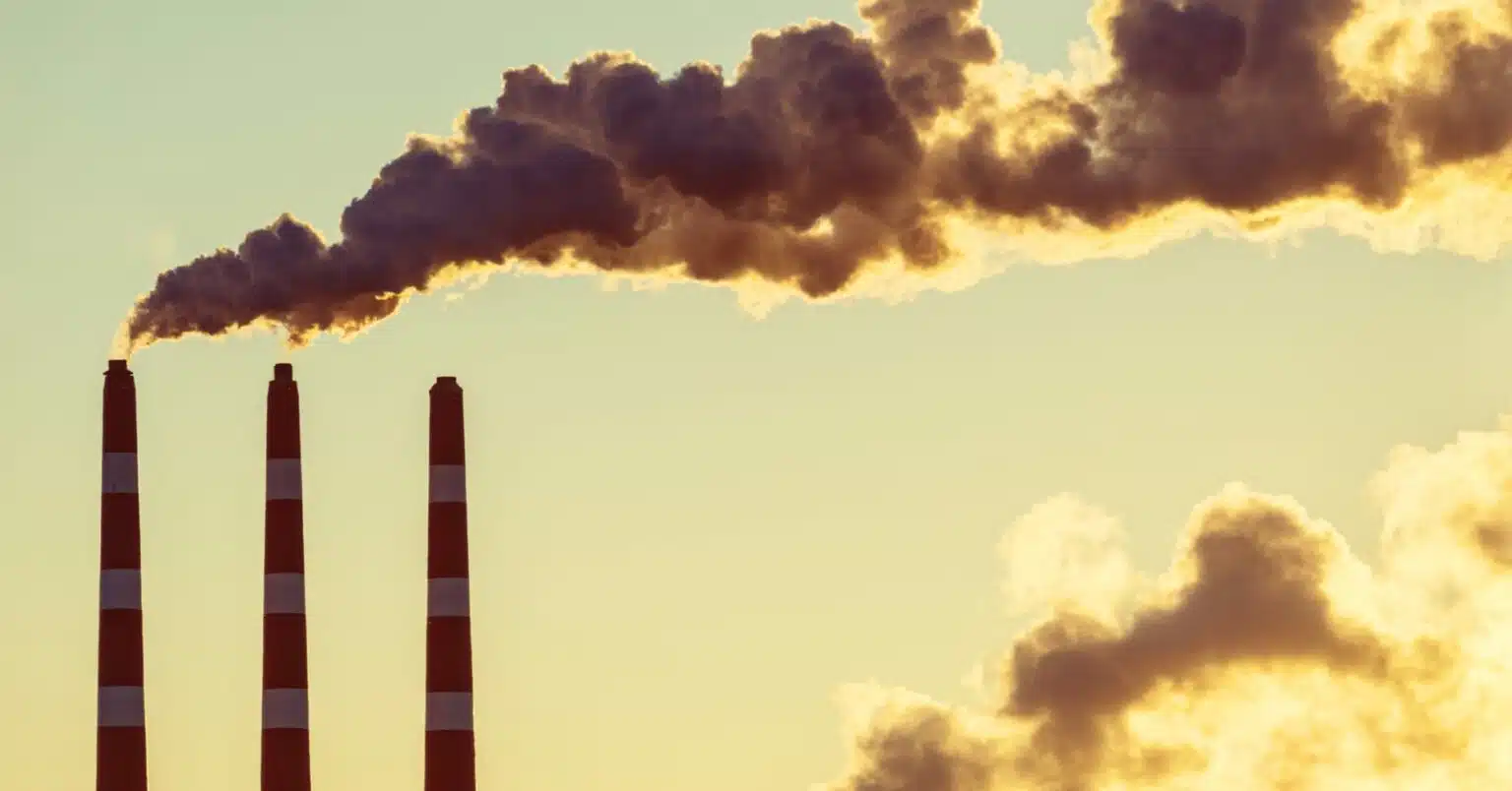India records the highest growth rate in carbon emissions among the world’s major global warming contributors. A report titled ‘Global Carbon Budget’, published during the ongoing COP27 Climate Conference, which is scheduled to run from November 6-18 in Egypt revealed on Friday, that India’s per capita carbon emission remains significantly lower than many developed and developing nations.
It was also argued that if current global carbon emission levels persist then it could blow through a 50% chance that global warming of 1.5°C will be exceeded in nine years.
2022 report
With the report’s estimates in 2022, China and the European Union are projected to reduce their emissions by .9 % and .8 %, respectively. While those India’s and the U.S.A.’s emissions are expected to increase by 6% and 1.5% respectively against the increase for the rest of the countries that was accounted for about 1.7%.
Dominating the global trend, the report pointed out that India and China have recorded the highest emission growth rate.

An international team of more than 100 scientists, has been involved in preparing the report which projects to quantify global greenhouse gas emissions and identify their causes.
It should be noted that while India’s per capita emission increased by 3.8% per year over the last ten years, India’s emission, however, continues to stand at the fourth position, still lower than the other three largest global emitters, after China (31%), the US (14%), and the European Union, made up of 27 countries.
India’s 2021 share of global emissions stood at 7.5%, which was quite similar to the share of EU’s at 7.7%. In 2022, India’s share is projected to reach about 8%.
Even in the list of top 20 global emitters in 2021, India’s per capita emission stood below that of Indonesia, Mexico, Russia, Canada, and Saudia Arabia.
As a developing nation, India’s emissions are rising from a low base compared to other large and powerful economies like Europe and America.
India’s per capita fossil CO2 emissions in 2021 were also reported to be below that of the U.S.A., China, and the EU.
The global outlook
According to the Global Carbon Budget report, global fossil CO2 emissions growth is reducing due to the emergence of climate policy and technological change, leading to a shift from coal to gas, growth in renewable energies, and reduced expansion of coal use. The COP27 presidency is also devising mechanisms to enhance resilience for most climate-affected communities by 2030. Notwithstanding, 2022 records an increase in fossil CO2 emissions over the pre-pandemic level.
The main challenge before the COP27 leaders is to act in accordance with the set policies and take meaningful action to have any chance of limiting global warming close to 1.5°C above the pre-industrial level.
India’s growing needs
India’s emission from natural gasses is projected to decrease by 4% but emissions from coal, oil and cement are likely to increase by 5%, 10%- 10%, respectively.
It is the emission from coal that mostly contributes to India’s energy demand increase and it is the utilization of its abundant renewable energy that can help in carbon cuts and create cleaner environments.
Given India’s domestic resources, increasing population, industrialization and urbanization needs and a higher GDP growth rate which puts pressure on its energy use, India needs to make sustainable energy choices, through a low-carbon pathway.
India has to import more than 80 % of its oil and 50 % of its gas so reliance on clean energy alternatives can help India to meet its energy demand.

India aims to reduce the emissions intensity of its GDP by 45% by 2030, from the 2005 level, and achieve about 50% cumulative electric power installed capacity from non-fossil fuel-based energy resources by 2030.
Read More: https://tdznkwjt9mxt6p1p8657.cleaver.live/delhi-sees-a-major-downfall-in-its-air-quality/
India needs to increase its energy capacity from renewable energy sources, including solar, wind, large hydro, and biomass projects. While power from coal is also likely to increase in 2030, the Global Carbon Budget report, also shows that India is not the only country where emissions from coal are projected to increase.













